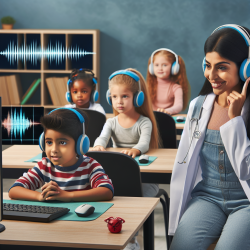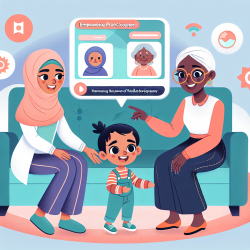Teleaudiometry has emerged as a groundbreaking method for hearing screening, particularly in school settings. A recent study titled Teleaudiometry as a screening method in school children has shed light on its efficacy and feasibility. This blog will delve into the findings of this study and provide actionable insights for practitioners aiming to enhance their skills in hearing screening.
Key Findings from the Study
The study compared teleaudiometry with sweep audiometry and pure-tone audiometry, using the latter as the gold standard. Here are the significant results:
- Sensitivity: Teleaudiometry (58%), Sweep Audiometry (65%)
- Specificity: Teleaudiometry (86%), Sweep Audiometry (99%)
- Positive Predictive Value: Teleaudiometry (51%), Sweep Audiometry (91%)
- Negative Predictive Value: Teleaudiometry (89%), Sweep Audiometry (92%)
- Accuracy: Teleaudiometry (81%), Sweep Audiometry (92%)
Why Teleaudiometry?
Teleaudiometry has several advantages, especially for remote areas lacking specialized personnel and equipment:
- Cost-effective: Reduces the costs of hearing screening programs.
- Accessibility: Can be administered by non-specialists with remote supervision.
- Flexibility: Can be performed outside a soundproof booth in a quiet room.
- Remote Management: Results can be analyzed and managed remotely.
Implementing Teleaudiometry in Your Practice
Here are some steps practitioners can take to implement teleaudiometry effectively:
- Training: Ensure that non-specialist staff are adequately trained to administer the tests.
- Environment: Choose a quiet room for conducting the tests and monitor noise levels.
- Equipment: Use shielded or noise-canceling headphones to minimize environmental noise interference.
- Data Management: Utilize software that can store and transmit data securely for remote analysis.
Encouraging Further Research
While the study demonstrates the reliability and feasibility of teleaudiometry, further research is needed to optimize protocols and improve diagnostic accuracy. Practitioners are encouraged to contribute to this growing body of knowledge by conducting their own studies and sharing their findings.
To read the original research paper, please follow this link: Teleaudiometry as a screening method in school children.










